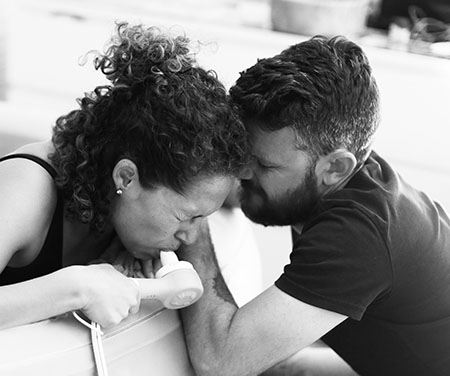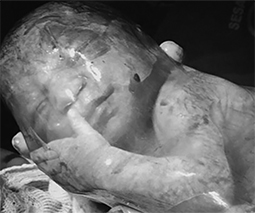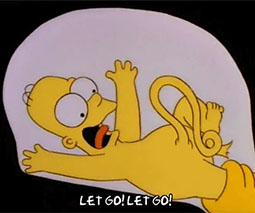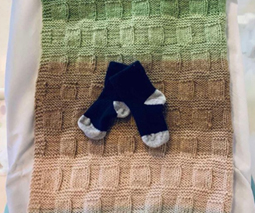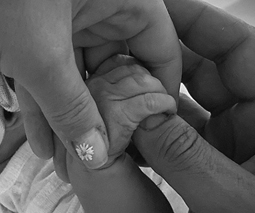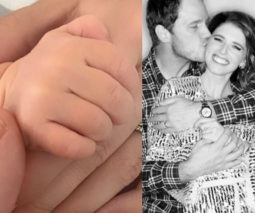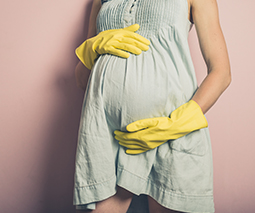What are the real signs of labour?

Considering how long the lead up to birth is, the moment you actually go into labour can be a bit confusing. Especially if it’s your first baby and every little thing that feels different or strange leaves you wondering if this is ‘it’ at random times throughout the day.
Nadine Richardson is a doula and founder of the She Births birth education course. She says there really is no ‘one way’ for labour to begin, but being attuned to your body and understanding what can happen is a great idea for mums, no matter how many pregnancies they’ve had before.
Early labour is hard work
“You are not in labour until someone can put at least four fingers inside your cervix. And to get here takes a lot of work,” says Nadine. “It can be very slow and exhausting.”
“Sometimes you can experience contractions that are 20-30 minutes apart for several hours, and then if it doesn’t progress into stronger contractions, it often just stops altogether,” says Nadine.
“When you are under four centimetres dilated, this means the cervix is softening and widening, and this process takes a lot of work. How you manage that work and conserve your energy levels is vital.
“It’s actually helpful to think that labour will take a long time.”
The mucus plug
Nadine says the mucus plug or the ‘bloody show’ that occurs anytime between 37-42 weeks, is often considered the start of labour. And while in some cases that can be true, for other women, losing the mucus plug can actually occur weeks before giving birth.
“You can get smears of ovulation fluid that is a sign that things are happening, or it can come in one go. But for some women, even then, actual birth can sometimes be weeks away,” says Nadine.
Transition signs
The progress of labour begins when a woman hits the second stage, a period that can be marked by several different kinds of symptoms.
“If you feel any bowel pressure or feel like you need to poo, [experience] nausea or vomiting, intermittent feelings of hot and cold, or even a sensation of a little push happening, these are all signs of second stage labour, and that your body is getting ready to push,” says Nadine.
“At this point, you need to be asking yourself how comfortable you feel being at home. How long is the journey to the hospital? And whether you’d feel comfortable being closer to labour while driving there,” says Nadine.

Waters breaking
If Hollywood movies are to be believed, your waters breaking is a sign that a baby is coming post haste! In reality, this is not always the case.
“When your waters break without [experiencing] contractions it’s not a direct sign of labour. But you would expect that in around 24 hours there would be some action. In some cases though, it can take a woman between two and three days after her waters break for this to happen,” says Nadine.
It’s all part of the journey
“There’s no such thing as wasted time when it comes to labour. It’s all just a sign of your hormones working and doing what they are supposed to do,” says Nadine.
“Every labour is different, but people usually say the second and third labours are a little shorter. The most helpful thing to think about labour is that it will take a long time. Especially with a first pregnancy, it can feel like things are going to be really fast and sometimes they are, but also pre-labour is a long game. So it’s all about how you conserve your energy.”
 Need some support to be the best parent you can be? Our Parent School parent coaching experts can help. Click to find out more or book a one-on-one session.
Need some support to be the best parent you can be? Our Parent School parent coaching experts can help. Click to find out more or book a one-on-one session.
